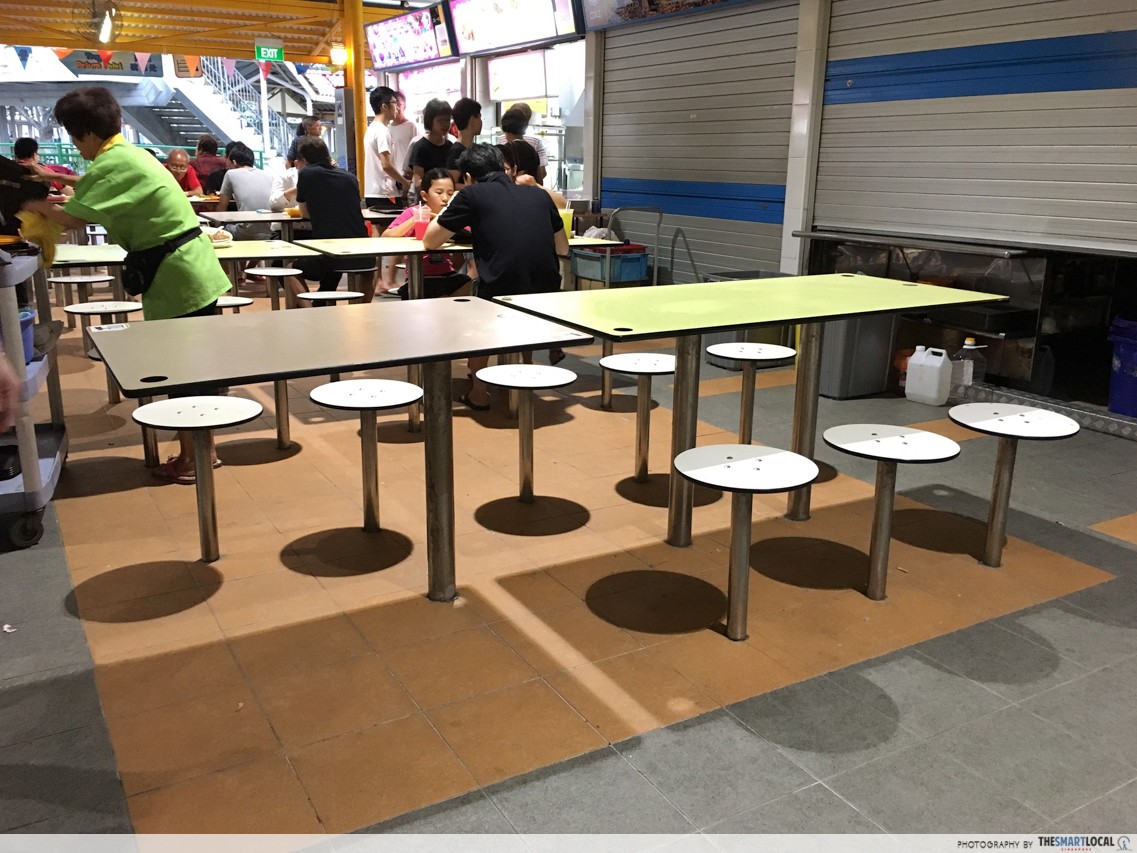Singapore’s “invisible” upgrades
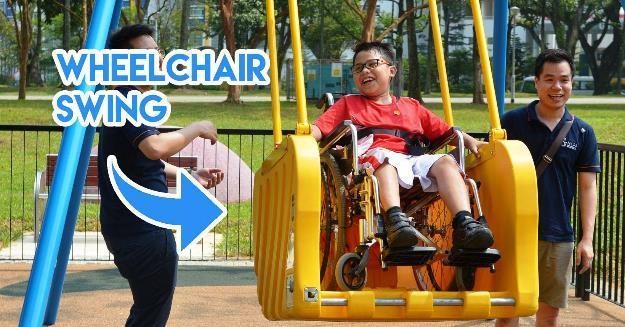
Image adapted from: National Council of Social Service
As part of Gen Y, I spend over 5 hours a day with my eyes glued to my phone. Many fellow millennials, on auto-pilot mode to and from our destinations, barely notice our surroundings, except when it directly affects us. Discovering a new covered walkway to the MRT, for example, is cause for celebration. Suddenly realising there’s braille lettering on lift buttons, on the other hand, will make us go “Oh so that’s what those dots are!”
Think, for example, about the little bars and bumps beneath our feet at MRT stations. They’re not there for aesthetic reasons – they’re tactile paving to guide persons with visual impairment. Here’re 8 other upgrades in our neighbourhood that you should know about:
1. Inclusive gym for persons with disabilities
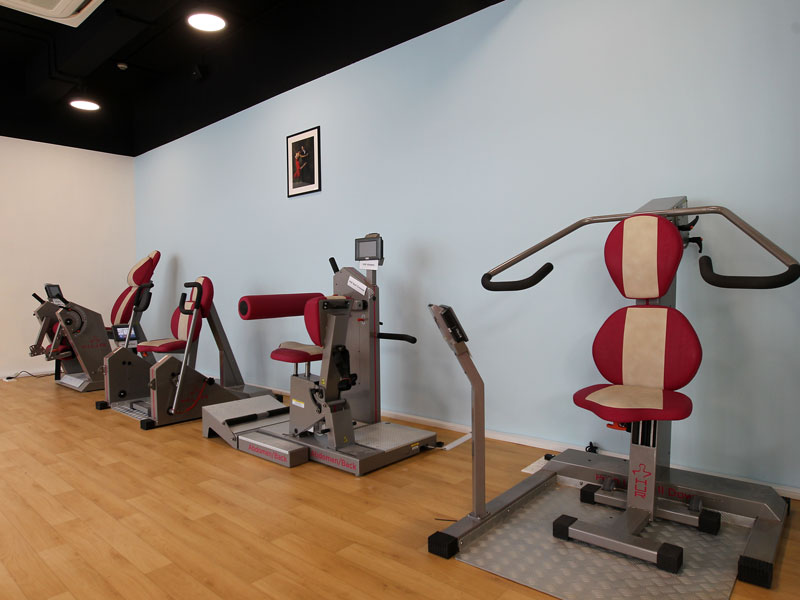
Enabling Village’s ActiveSG gym equipment. Image credit: ActiveSG
With all sorts of fitness centres available in Singapore, it was about time that amidst the suspension training equipment and hammocks meant for floating yoga, there would be gym machines with removable seats and braille letterings on treadmill user panels.
Dubbed ‘inclusive gyms’, ActiveSG and iFit gyms are the first of their kind set up just last year. Meant to be accessible for everyone, these gyms include machines in contrasting colours for persons with visual impairment, a ‘hearing induction loop’ system for persons who are hard of hearing, and air-pressure systems that are gentler on the muscles and joints.
These days, there are even swimming pools that cater to persons with disabilities.
Some locations include:
- Lengkok Bahru Enabling Village
- Sengkang Sports and Recreation Centre
2. Real-time route maps for those who can’t hear announcements
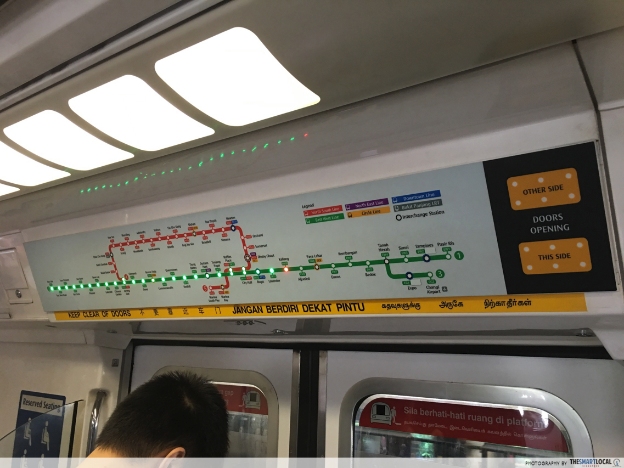
Most of us probably don’t realise the importance of having a real-time route map on the train until you find yourself with your earpiece still plugged in, struggling to catch a glimpse of the station name that’s blocked by the morning crowd.
But convenient as they are for everyone, these ‘dynamic route-maps’ are most useful for the Deaf or Hard of Hearing commuters. As they can’t be notified otherwise by the announcements made as the train approaches a platform, with this system they now know which station they’re at without having to look out the window every 3 minutes.
3. Magnifying glasses at NTUC Fairprice for persons with visual impairment
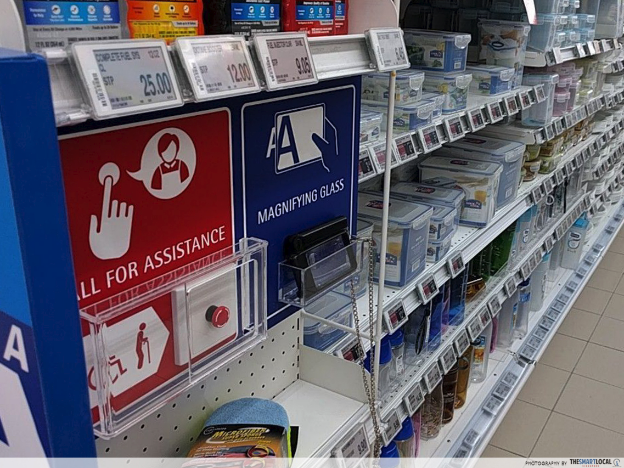
I know I’m not the only one who’s had difficulty reaching for items on the higher shelves in supermarkets. Thankfully, some NTUC Fairprice outlets now have useful features that make grocery shopping more comfortable for everyone, including shelves designed for easier reach and magnifying glasses that make reading product labels easier for the elderly and persons with visual impairment.
These outlets – at Lengkok Bahru, Bukit Merah Central and most recently at Our Tampines Hub – also have call assistance buttons at every aisle and wider checkout lanes!
4. Tables at hawker centres without chairs
If, like me, you’ve wondered why hawker centres have some tables with chairs only on one side, or worse, no chairs at all, congratulations you’ve finally found your answer: these chairless spaces are designed so that there’s a space for wheelchair users to eat with their friends and family. Mind = blown. Eyes = opened.
5. Inclusive playgrounds in neighbourhoods, with some even having wheelchair swings

Image adapted from: National Council of Social Service
As kids, we used to kick off the ground on swings, scale up the ‘spider webs’, and spin till we’re dizzy on merry-go-rounds. As young adults, we look back with fondness and nostalgia. Simple pleasures like these are now reality for persons with disabilities at inclusive playgrounds.
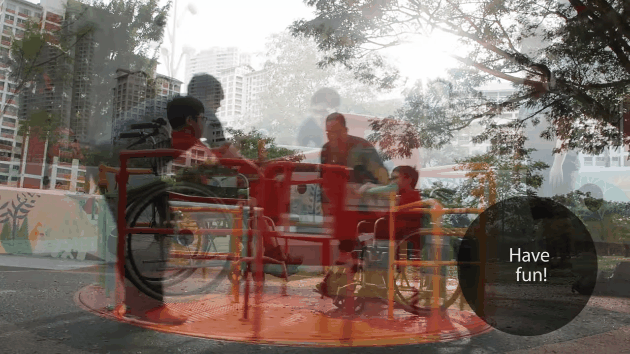
A modified merry-go-round. Adapted from image credit: National Council of Social Service
Alongside the usual fixtures in our beloved playgrounds, there are now wheelchair-friendly swings and merry-go-rounds, slides with tactile simulations and sand tables for children with visual impairment. Children with autism can even hide in enclosed play tunnels if they feel overwhelmed by crowds or loud noises of children in the playground!
Some locations include:
- Bishan-Ang Mo Kio Park
- West Coast Park
- Pasir Ris Park
- Our Tampines Hub
- Tampines Estate
6. ‘Quiet Hours’ at Toys ‘R’ Us and NTUC Fairprice
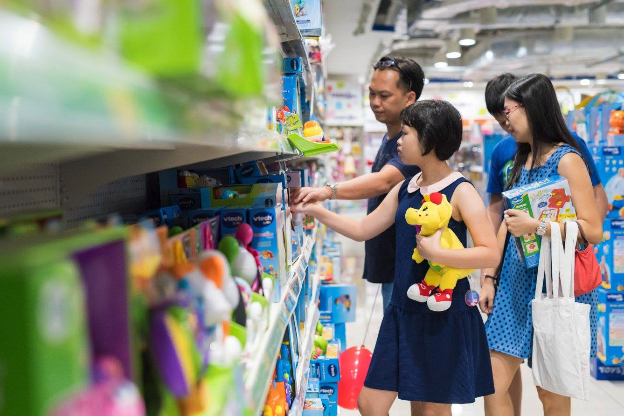
Image credit: Quiet Hour SG
When you step out of a cinema right after a movie, you get a tiny dose of what persons with autism feel. Bright lights, hiss. Noise everywhere, hiss. Lucky for you, this goes away after ~1 minute, but for them, this hypersensitivity may never go away.
The hypersensitivity experienced by persons with autism can make it hard to enjoy activities that others take for granted, such as shopping for toys, which can be an overwhelming experience in and of itself, with crowds or loud noises.
With the Quiet Hour initiative that kicked off earlier this April, persons with autism can now look through shelves at Toys ‘R’ Us and NTUC in a less stressful environment. For just an hour, a few Toys ‘R’ Us and NTUC Fairprice supermarket outlets dimmed their store lights and switched off in-store music, public address system, and display monitors, allowing persons with autism to enjoy their shopping experience.
Look out for when the next Quiet Hour is happening on their Facebook page.
7. Emergency bell button in lifts now have blinking lights
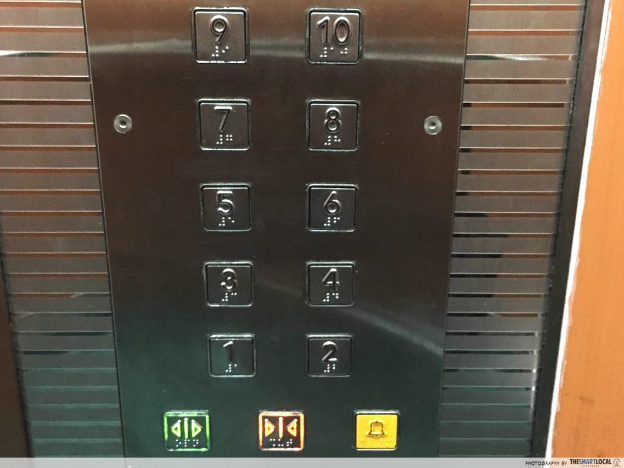
The borders of alarm buttons now flash if pressed to provide reassurance to the Deaf or those who are hard of hearing that help is coming.
I’ve never been trapped in a lift, but I can imagine the sheer panic that comes with not knowing when help will come.
As annoying as the ringing of alarm bells may be to outsiders, they also let the “trappees” know that help is coming as soon as the button is pressed. The Deaf or persons hard of hearing don’t get any such reassurance – they won’t even know if the alarm has been triggered.
Emergency bell buttons in new lifts are now fitted with blinking lights to signal that yes, help is on its way.
8. New bus interchanges have signs in braille on handrails
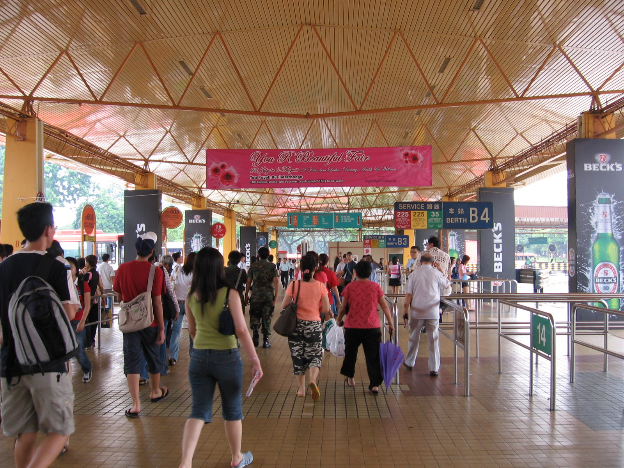
Bedok Bus Interchange. Image credit: Wikimedia
From old bus interchanges with their distinctive square tiles to air-conditioned ones integrated into malls, our ever-bustling bus terminals have come a long way. The new ones even have braille on handrails, for persons with visual impairment to identify which bus lane they’re in and where the waiting areas are.
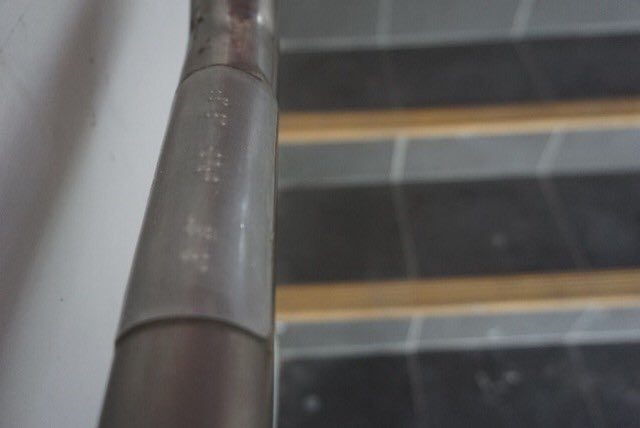
Woodlands interchange. Image credit: SMRT
The new temporary Woodlands Bus Interchange boasts ramps for wheelchairs, electric buggies, and staff assistance call buttons. The new Bukit Panjang integrated transport hub will also feature many inclusive features, including barrier-free facilities for passengers in wheelchairs.
Little changes for persons with disabilities that go a long way
From taking the MRT to lim-ing kopi at the coffeeshop downstairs, persons with disabilities are no different from us – they speak Singlish, joined the hype and queued for everything salted egg, and call stall owners at the hawker centre uncle and auntie. There’s really far more in common among us than we’d expect from a quick glance.
You know how annoying it is when people constantly describe you as that “teacher/driver/ insurance agent/engineer”? We’re multi-faceted people, all of us, and as much as we appreciate not being pigeonholed into stereotypes, so do persons with disabilities, and that’s something we can hopefully all work to learn.
Learn more about the See the True Me campaign here
This post is in support of the See the True Me Campaign by the National Council of Social Service.

